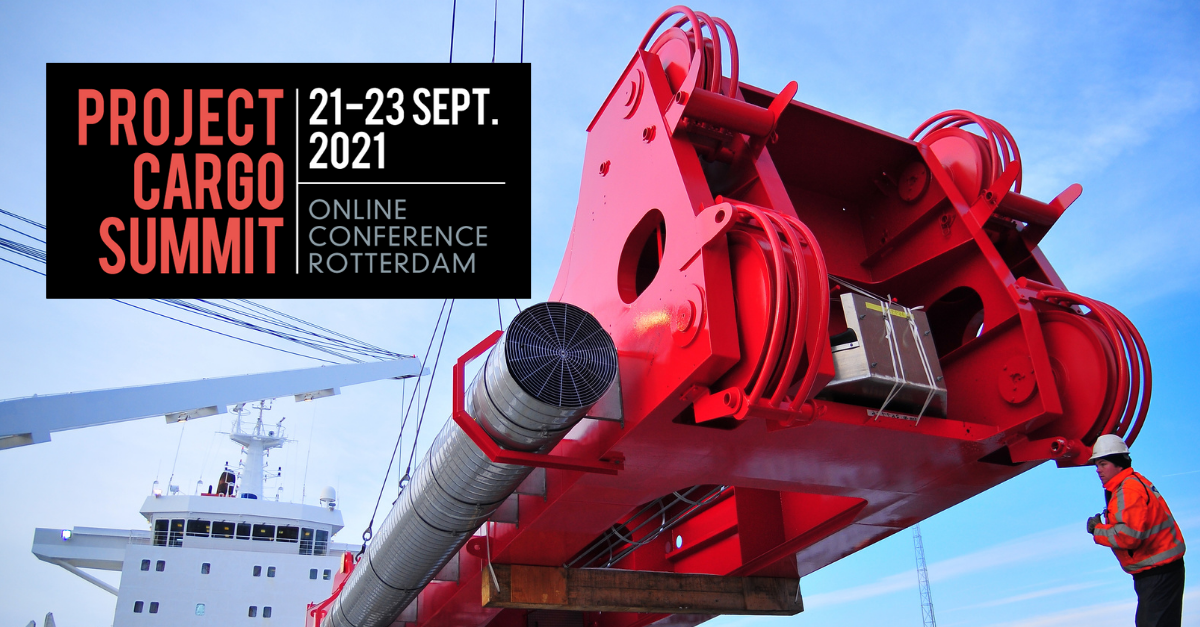Voyager Portal’s CEO, Matthew Costello, and Dennis Mattola took part in the 2021 Project Cargo Summit. Together they discuss the major risks and costs impacting the Project and Break Bulk segments in 2021.
There are five key parts of the Project Cargo shipment lifecycle:
- Project Planning & Estimating
- Freight Procurement (RFQs and RFIs)
- Voyager Operations
- Track & Trace
- Settlements & Claims
Teams should consider the following best practices when planning their next shipment
Project Planning & Estimation
It’s critical for teams to start with a highly detailed list of equipment that needs to be shipped. The more granular this information can be in terms of dimension, delivery dates, and final receiver the better. Historical data from previous shipments should be normalized where possible to provide teams with detailed historical cost analysis. Teams should maintain common KPIs across all projects to ensure apple-to-apple comparisons and benchmarking is possible,
Freight Procurement (RFQs and RFIs)
Freight procurement data is highly valuable and can provide teams with real-time insights on market trends. Teams should systematically capture data from every step of the process including reasons for why a carrier did not bid. We recommend sending RFQs weekly to track any signals the market may be sending. Keeping the RFQ process flexible not only allows carriers to provide unique shipping alternatives but can provide new shipping opportunities not previously considered. With a robust data set, Monte-Carlo simulations can be an effective way of understanding the impact variables such as fleet capacity, fuel prices or weather can have on future prices.
Voyage Operations
Voyage Operations require intense communication between the various stakeholders. Teams can leverage collaboration tools to limit email volume and redundant communication. Ensuring your company has a central source of truth that is accessible to customers allows your stakeholders to self-serve vessel updates and documents. Standard operating procedures driven by workflow engines allow for faster response times and reduced error rates.
Track & Trace
Companies should systematically collect ETA and ETD data from across their carrier base on a daily basis. Tracking changes to this data over time can provide unique insights on seasonality patterns, carrier performance, and ports that are at high risk of congestion. Documents such as Statements of Fact can provide additional layers of insights if processed correctly.
Settlements and claims
Data collected from the claims process can provide teams with insights on which carriers, cargo, and routes are the most likely to result in a cargo or demurrage claim. 90% of time processing claims can be avoided by systematically automating the collection of supporting data through the life of the voyage.

